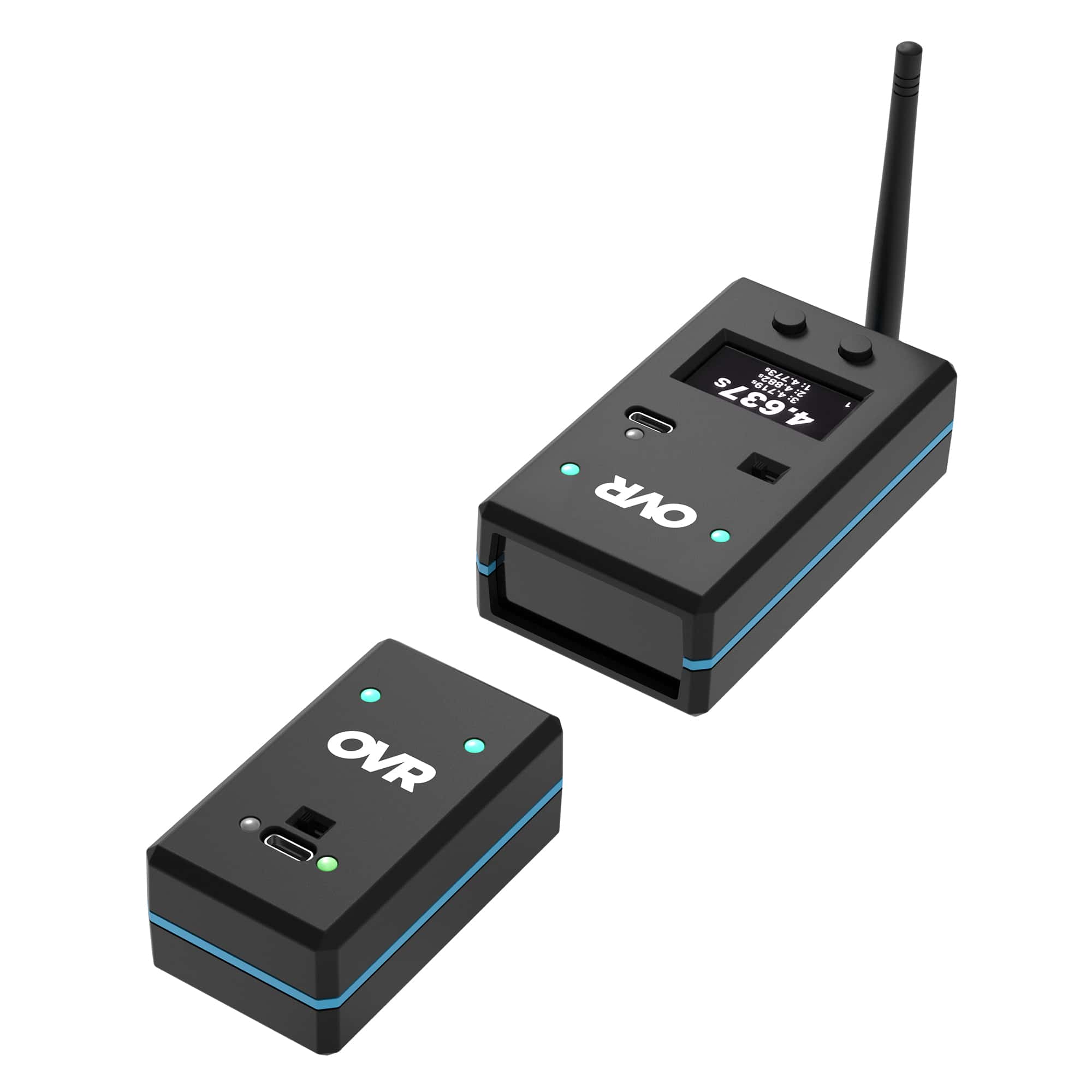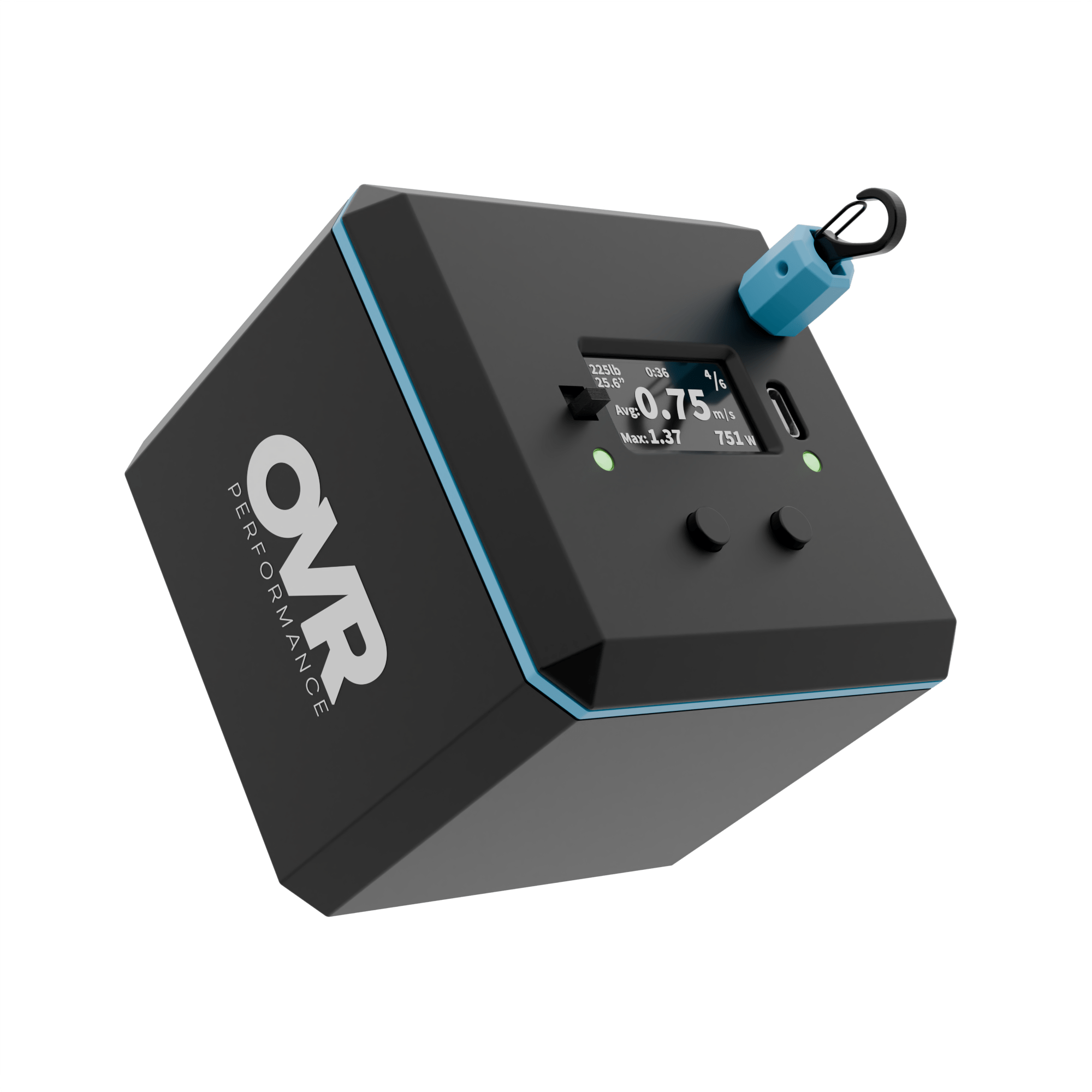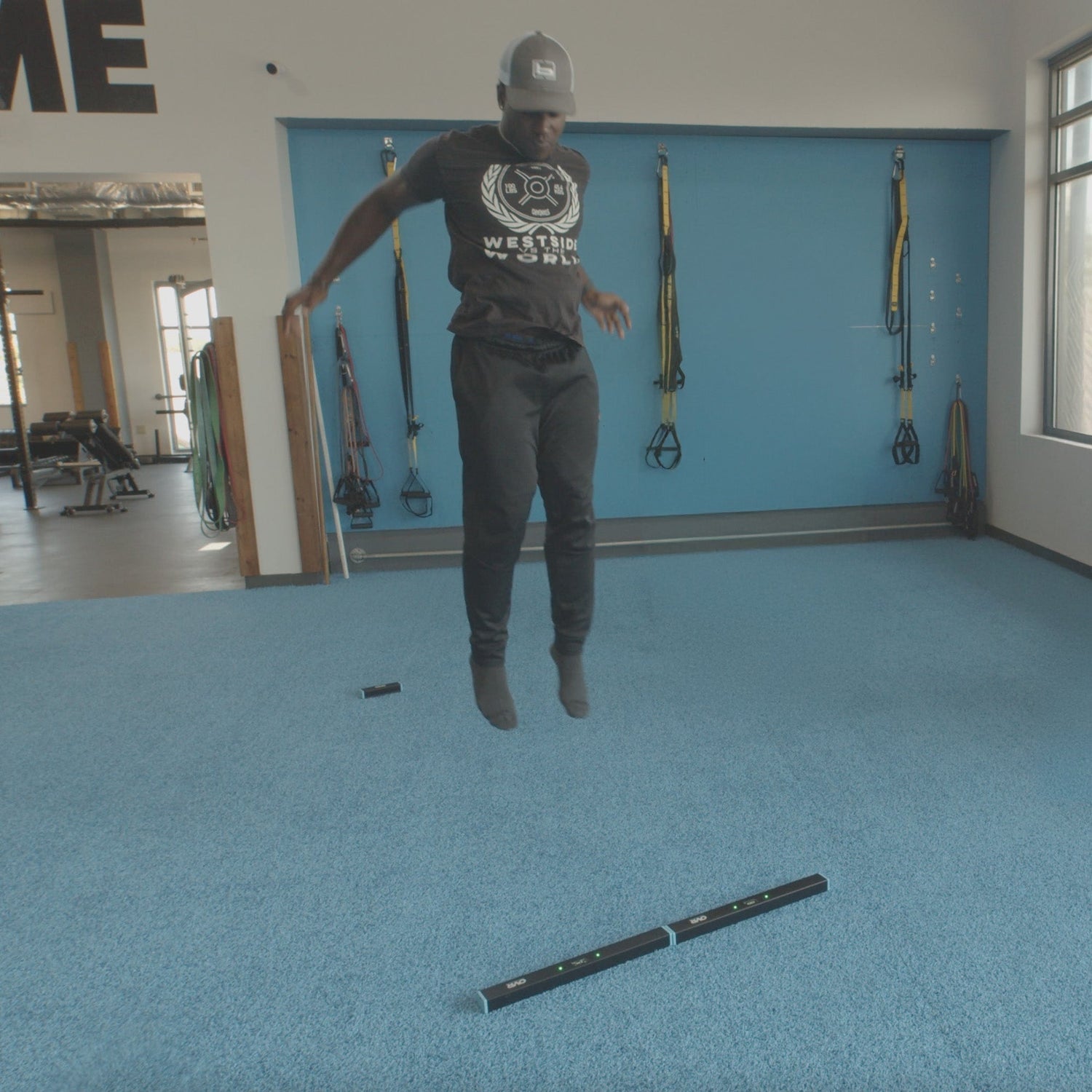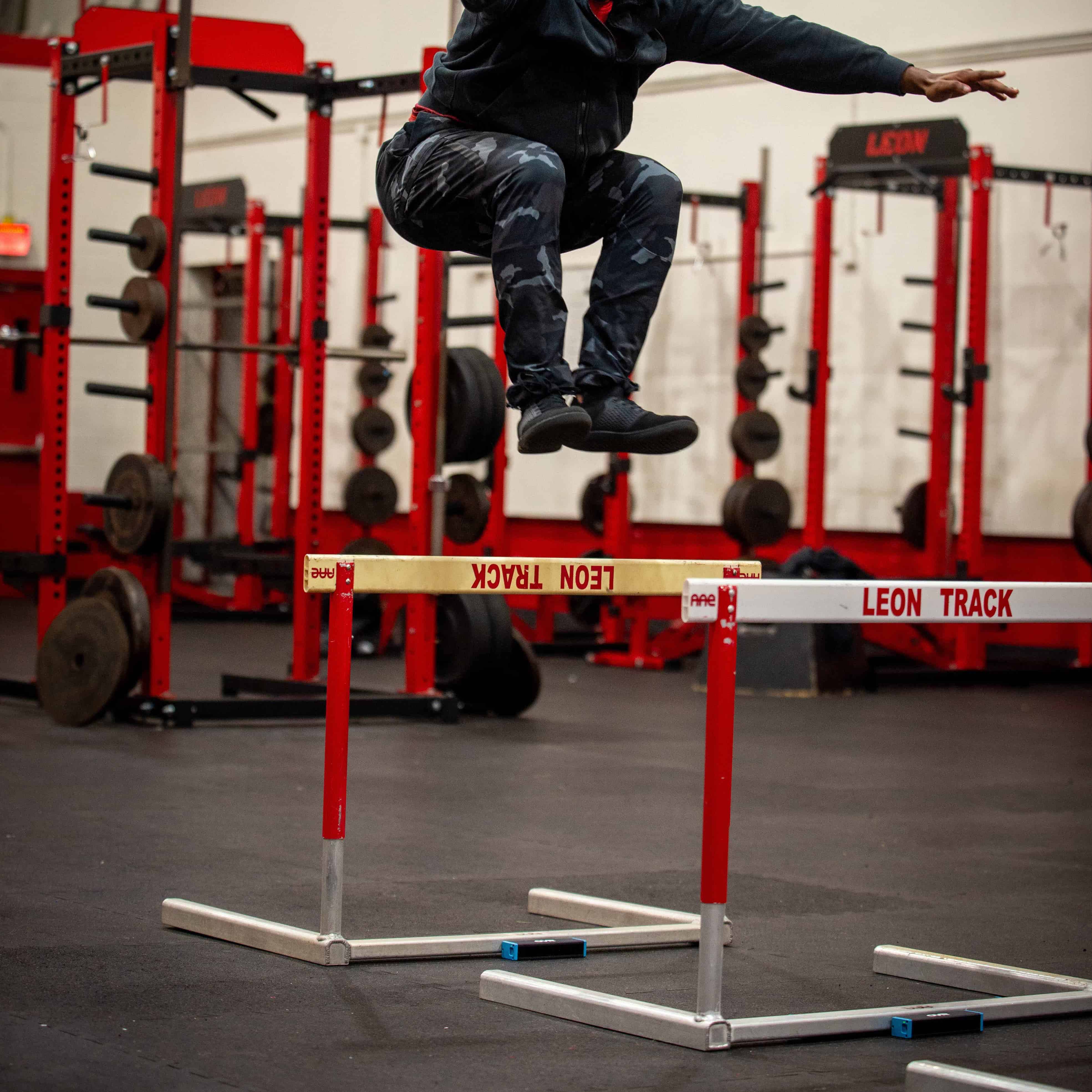Plyometric training is essential for athletes who want to increase their explosive power and performance. The Reactive Strength Index, or RSI, gauges an athlete's capacity to jump after landing. Evaluations are now easier than ever thanks to a new jump measurement device, which allows coaches and athletes to assess RSI in any situation. Previously, this needed expensive and bulky equipment.
Watch the full video here
Understanding RSI
The link between jump height and ground contact time is measured by the RSI metric. By assessing how rapidly and forcefully an athlete can bounce off the ground, it gauges their explosive strength and elastic capacity. Better use of the stretch-shortening cycle, which is essential for athletic performance, is indicated by a higher RSI.
Key Components of RSI
- Height: Vertical height of the jump.
- Ground Contact Time (GCT): The amount of time an athlete spends on the ground in between jumps.
- Reactive Strength Index (RSI): Calculation of jump height divided by GCT.
Four Jump RSI Test
A standard method to assess RSI is the four-jump test. This test is done by performing a series of consecutive jumps, aiming for minimal ground contact time and maximum jump height.
- Execution: The athlete performs five consecutive jumps. The first jump serves as a movement to initiate the sequence.
- Measurement: OVR Jump records the ground contact times and jump heights for the four subsequent jumps.
- Calculation: RSI is calculated for each jump, and an average RSI is determined. Results appear on the OVR Jump device or in the app, OVR Connect.
Interpreting Results
- High RSI with Fast GCT: Indicates excellent explosive strength and elastic capabilities.
- High Jump Height with Slow GCT: Suggests strong power output but a need to improve reactivity.
- Low RSI: May indicate a need for overall improvement in plyometric ability.
By analyzing both jump height and ground contact time, coaches can identify specific areas where an athlete excels or needs improvement.
Ten Jump RSI Test
To further assess an athlete's elastic capabilities and endurance, the RSI test can be extended to ten (or more) jumps. This extended test evaluates the athlete's ability to maintain explosive power and quick ground contacts over a longer series of jumps.
Purpose
- Assess Elastic Endurance: Determines how well an athlete can sustain reactive strength over time.
- Identify Fatigue: Observe changes in ground contact time and jump height as fatigue sets in.
Interpreting Results
- Minimal Decrease in RSI: Indicates strong elastic endurance and efficient energy utilization.
- Increase in Ground Contact Time: May suggest fatigue affecting reactivity, highlighting an area for improvement.
- Decrease in Jump Height: Could indicate reduced power output over time, signalling a need for endurance training.
OVR Jump
The
- Accurate Measurement: Provides precise data on jump height and ground contact time to the millisecond.
- Identifying Strengths or Weaknesses: Pinpoint specific areas where an athlete excels or needs improvement.
- Track Progress: Regular testing allows for tracking improvements over time.
- Training Intensity: Data helps in modifying training loads as needed.
- Cost-Effective: Eliminates the need for expensive equipment like force plates.
- Versatile Use: Portable and easy to use in various settings (gyms, tracks, courts) making plyometric evaluation widely accessible.
Conclusion
Incorporating the RSI test into plyometric training offers valuable insights into an athlete's explosive strength and reactivity. By focusing on both jump height and ground contact time, athletes can develop a more balanced and effective performance profile. Tools like the OVR Jump device make it feasible to regularly assess and monitor these metrics, leading to more personalized and efficient training programs.
Regular RSI testing not only identifies areas for improvement, but also motivates athletes by tracking their progress. Embracing data-driven training approaches with accessible technology leads to elevated athletic achievement. Whether you're a coach seeking to enhance your team's explosive capabilities or an athlete aiming to reach new heights, integrating RSI assessments with tools like










Leave a comment
This site is protected by hCaptcha and the hCaptcha Privacy Policy and Terms of Service apply.